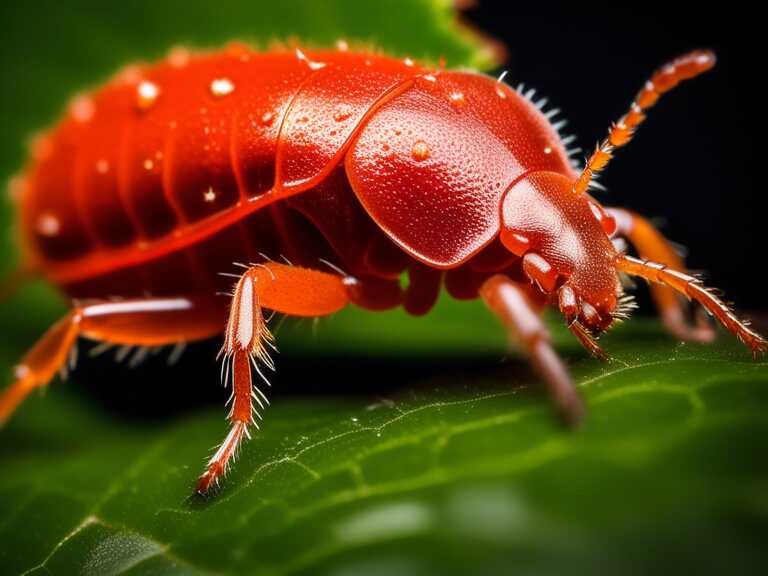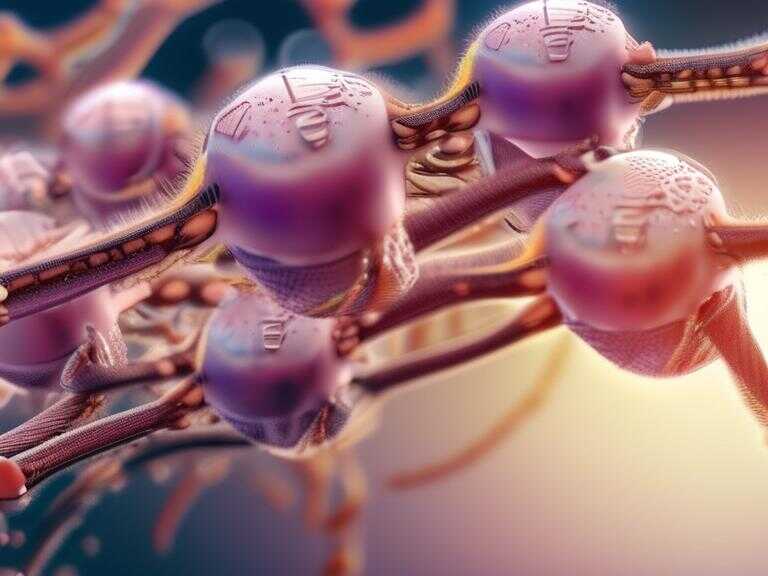
Cicada Eggs Cause Oak Leaf Itch Mite Outbreak: Symptoms and Prevention Tips
This year's cicada emergence coincided with outbreaks of oak leaf itch mites, causing itchy and painful bites in affected areas.

This year witnessed a rare event, as two broods of periodical cicadas emerged simultaneously, with one group appearing every 13 years and the other every 17 years. This converging occurrence has resulted in a fascinating phenomenon for nature aficionados and entomologists alike. As these cicadas undergo their life cycle and eventually retreat back underground, it seems that they may leave behind a less enchanting legacy, one that involves the potential for pesky and itchy encounters. According to WebMD, cicada eggs serve as a source of sustenance for oak leaf itch mites, minuscule arachnids measuring less than a quarter of a millimeter, practically invisible to the naked eye.
The Oak Leaf Itch Mite Connection
The discomfort stemming from an encounter with oak leaf itch mites is far from isolated. Reports from several states have linked outbreaks of these mites to the presence of cicada eggs, with the Illinois Department of Public Health releasing a report in 2008 establishing a connection between cicada eggs and these pests, scientifically known as Pyemotes herfsi. This marks the inaugural documented incidence of these mites preying upon cicada eggs, culminating in a notable infestation.
The report highlighted the emergence of Brood XIII periodical cicadas that had laid a considerable number of eggs in the terminal branches of various deciduous tree species within the outbreak area. This abundance of cicada eggs effectively served as a catalyst for the proliferation of P. herfsi mites, leading to an outbreak of considerable proportions. The ramifications of this connection extend beyond mere scientific interest; the toll on affected individuals can be distressing, as evidenced by accounts from residents in the D.C. area who reported discomfort from the mites after the cicadas' departure. One individual lamented, "We wake up at night just scratching," adding that the condition was visually unappealing, with red and swollen sores resembling "splotches of white paint" after the application of calamine lotion.
Oak leaf itch mites: Anatomy and Behavior
In the realm of entomology, knowledge about oak leaf itch mites provides insights into their behavior and impact. PennState Extension describes these diminutive mites as elongated, reddish-tan in color, with a lustrous exoskeleton. Interestingly, females outsize males, enabling them to carry up to 250 offspring concurrently. The lifecycle of these mites is intriguing, with adult males emerging from their mother’s abdomen before the females do. Following the emergence of females, mating occurs, followed by the demise of the males. The females then seek out galls—growths on plants triggered by mites, insects, or other infestations—where they employ their venom to paralyze larvae, with a potency capable of incapacitating prey 166,000 times larger than the mite itself.
Seasonal and Environmental Factors
Encounters with oak leaf itch mites are most frequently reported during the late summer and early fall, coinciding with the peak population of these mites. Studies have revealed that these mites have the capability to fall from trees in staggering numbers, sometimes reaching 370,000 individuals per day. Furthermore, their capacity to be transported by wind enables them to infiltrate indoor spaces, potentially entering through window screens and biting individuals who may not frequently venture outdoors.
Preventing and Managing Mite Encounters
According to experts, eradicating oak leaf itch mites poses challenges, as tree sprays often fail to penetrate the galls where the mites find refuge. While some individuals have reported limited success with DEET, the most effective preventive measure involves minimizing exposure to infested trees and promptly washing clothing and bathing after being in such areas. The symptoms of bites may manifest within ten hours of exposure, typically presenting as raised, red patches with a small central blister on the skin, accompanied by itchiness and potential pain if scratched. To alleviate discomfort, the application of calamine lotions and itch creams is recommended, while refraining from scratching to mitigate the risk of infection.
Impact on Individuals and Communities
The challenges posed by oak leaf itch mites extend beyond individual discomfort; they can disrupt community activities and outdoor engagements, particularly during late summer and early fall when the mite population peaks. As these mites continue to pose a nuisance and potential health concern, individuals are urged to remain vigilant and informed about preventive measures and treatment options. In the realm of social media, the prevalence of discussions and shared experiences underscores the broader social impact of these tiny arachnids. Online platforms have become spaces for individuals to exchange stories, seek advice, and raise awareness about the presence and implications of oak leaf itch mites.
Share news















